Here's a few examples of HDR images I've produced from my visit the Naval Museum. I rented a Canon 16-35mm F2.8 'L' lens for the trip.
I've been using two different HDR programs. Picturenaut and Cinephoto.
I took this sequence of photos in the under Lake Michigan exhibit.

The Composite HDR image.
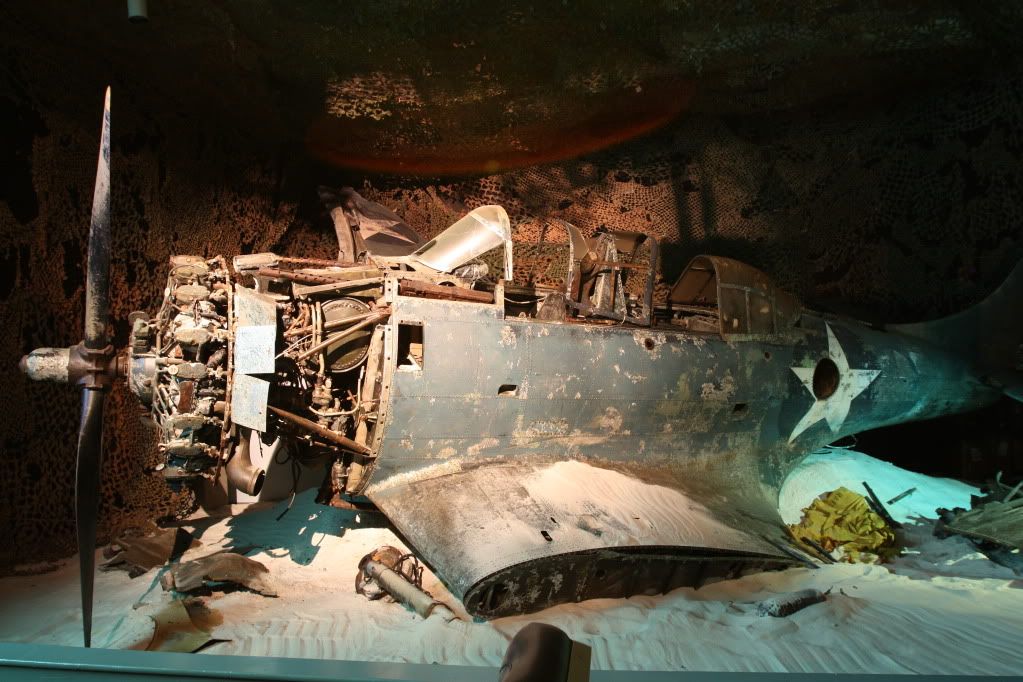
Original exposure, 20 seconds!
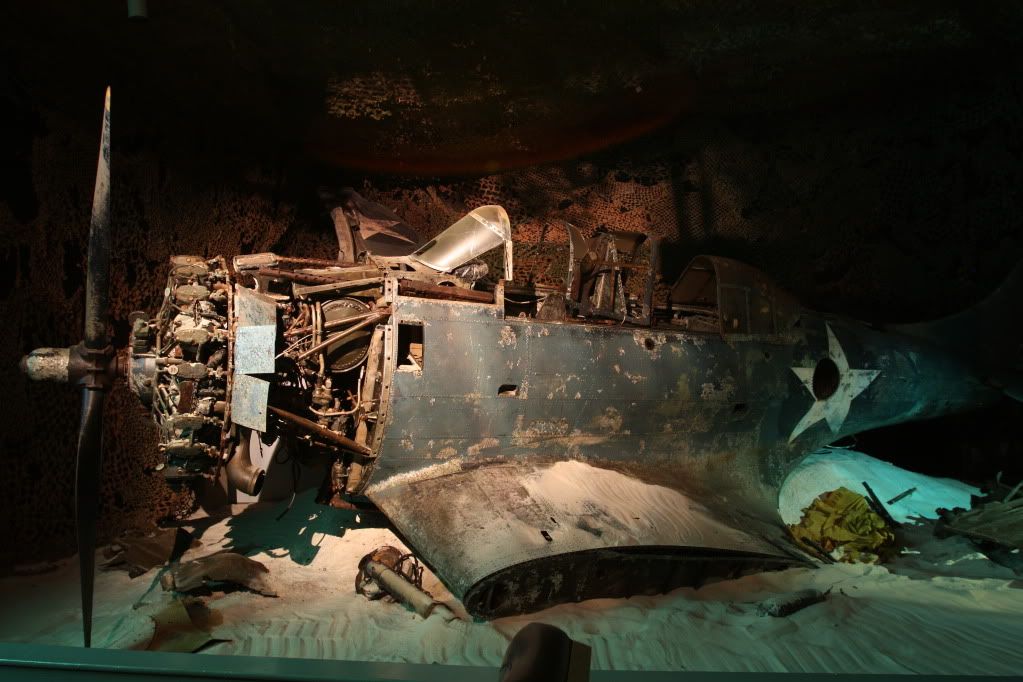
10 seconds, under exposed. -1.0
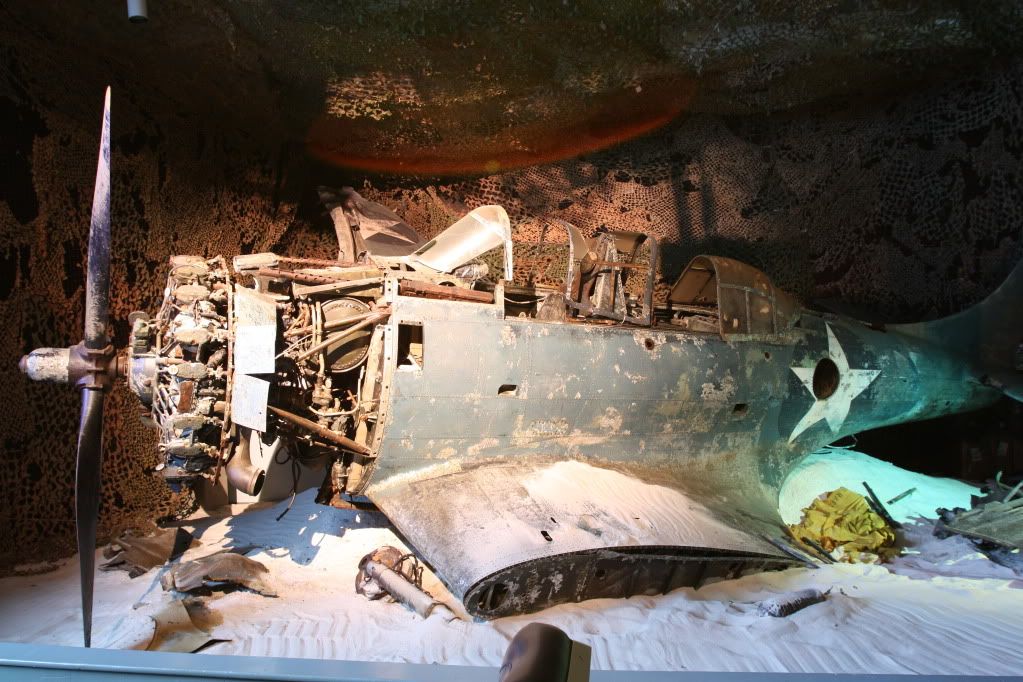
30 seconds, over exposed. +1.0
Here's another example:

The composite Image.
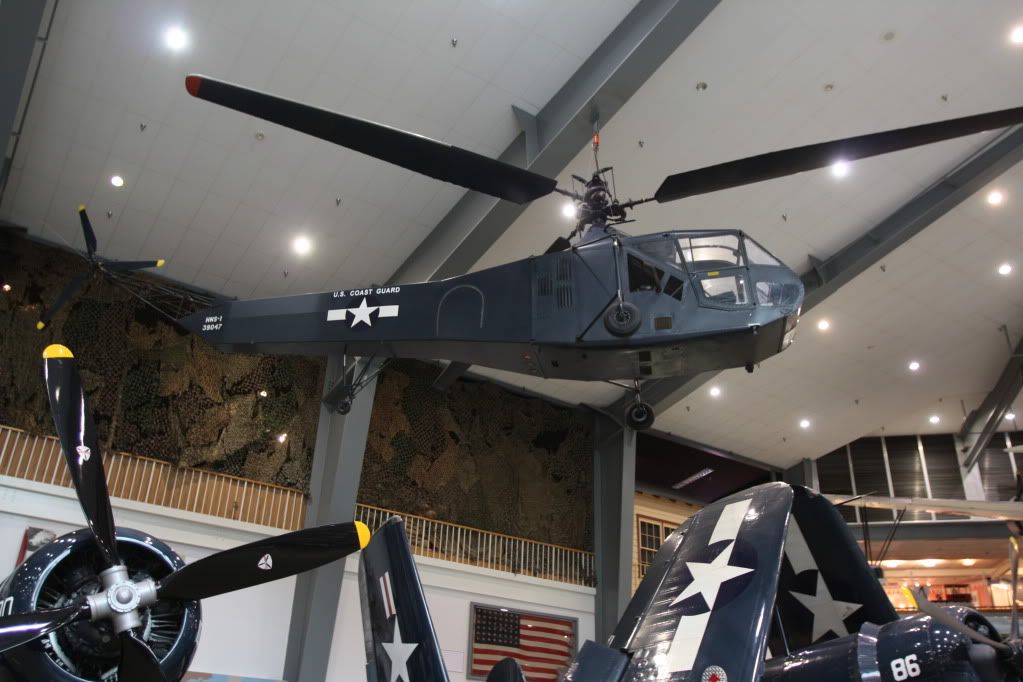
Original Exposure
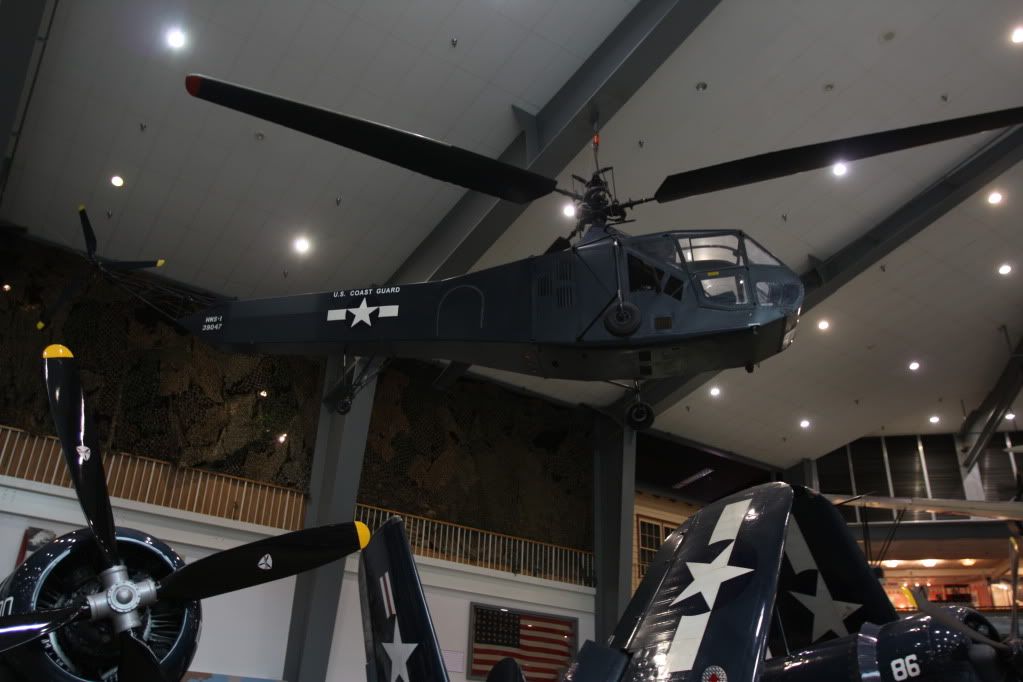
Underexposed -1.0
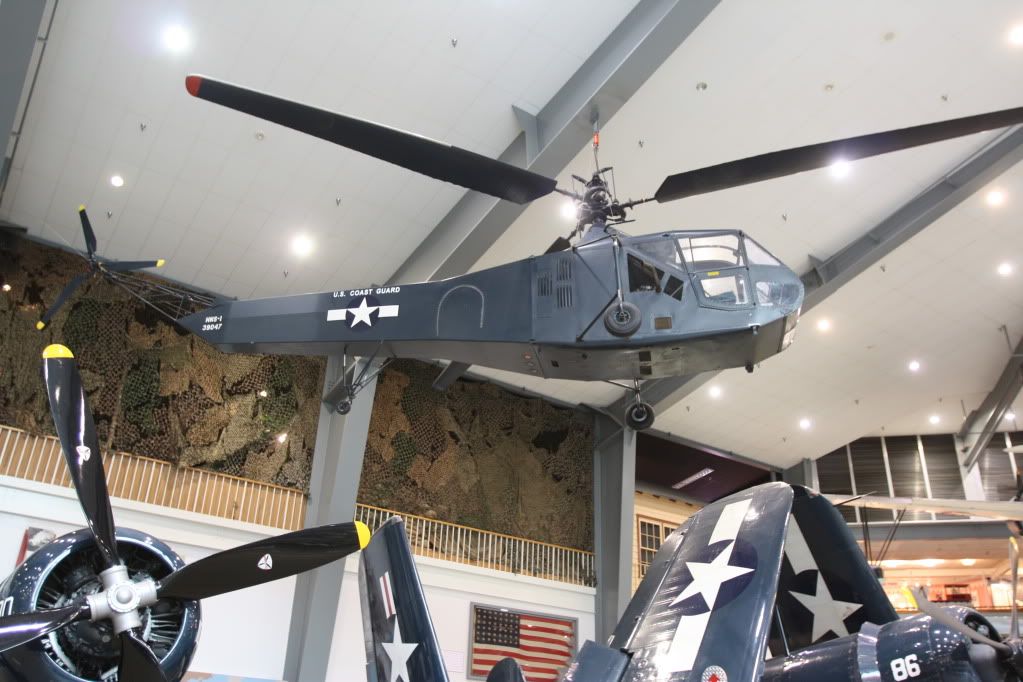
Overexposed +1.0